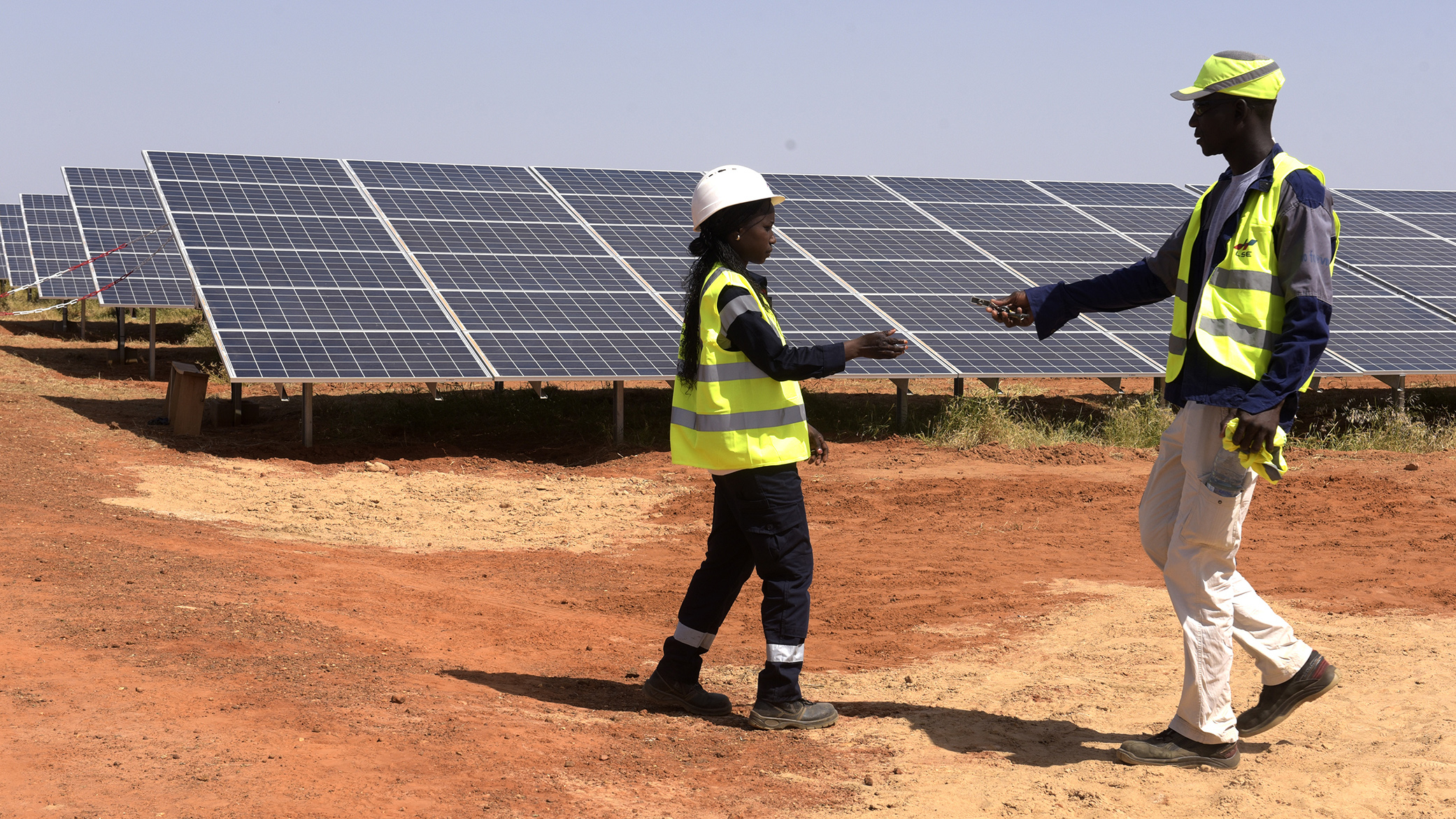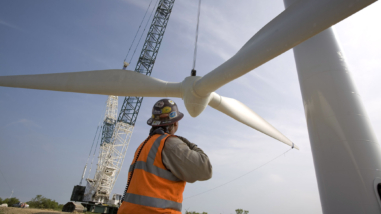Blending philanthropic, public and private capital to finance climate infrastructure in emerging economies

This post originally appeared in Impact Alpha.
The Climate Finance Partnership, announced this week at the World Economic Forum, showcases the catalytic power of philanthropic and public capital to mobilize top-tier institutional capital investment into climate-related sectors in emerging markets – at scale.
The collaboration between BlackRock, the governments of France and Germany, the William and Flora Hewlett Foundation and the Grantham Environmental Trust features a unique blend of philanthropic, government, and private sector capital.
The partnership is providing $100 million in concessional capital to help attract, mobilize, and accelerate many times that in private capital for climate change-mitigating solutions in emerging economies. The vehicle’s focus is on what is generally referred to as climate infrastructure sector, meaning investments in renewable energy sources, energy efficiency, energy storage, and clean and low-emission transportations systems, in Africa, Southeast Asia, and Latin America that significantly protect and preserve the environment.
These investments will improve the everyday lives of people – enabling them to power their lives and businesses on cleaner energy, make their homes and buildings more energy efficient, move from place to place with more ease and less climate impact, and reduce air and water pollution. The Hewlett Foundation is thrilled to support this groundbreaking vehicle for many reasons, including:
- Government engagement. This is the first time governments have tried this kind of approach, which needs to be replicated by other governments globally. We applaud Germany and France for realizing this investment opportunity while committing to address climate change. Their citizens, and indeed the whole world’s population, will benefit.
- Catalytic philanthropy. This is also a rather novel concept for philanthropy, which has an opportunity to use charitable funds to generate much greater public and private sector investment in climate solutions. This is a catalytic moment for philanthropy to further define this role.
- Triple win. These investments all ultimately save money, improve quality of life, and help protect the environment. The Climate Finance Partnership will invest in grid connected and/or distributed generation renewable energy power; energy efficiency in residential, commercial and/or industrial sectors; energy storage solutions; and ultra-low emission or electrified transportation and mobility services in Africa, Southeast Asia, and Latin America.
- High leverage. The Climate Finance Partnership aims to achieve a ratio of private-to-concessional capital four times higher than industry average. The vehicle will feature a first-loss tranche of at least $100 million in catalytic capital, anchored by government and foundation partners. BlackRock aims to mobilize at least $400 million in institutional private equity capital commitments.
- Fossil-fuel leapfrog. With a minimum 25% carve-out for Africa-based deals, the Climate Finance Partnership helps expand the footprint of BlackRock, the world’s largest asset manager, into geographies that can still leapfrog carbon-intensive infrastructure.
- Peer pressure. Many financial services firms have historically been silent on managing their assets for decarbonization. BlackRock’s step may encourage others to seize the opportunities of climate-friendly investments.
Blended finance
The buzz around blended finance, or the “use of catalytic capital from public or philanthropic sources to increase private sector investment in sustainable development,” is particularly exciting for climate-change solutions. Philanthropies and governments are stepping up with capital that can attract exponentially higher investments of private capital, which together can finance climate and clean energy solutions at the scale needed to combat climate change and achieve the goals of the Paris agreement. The Climate Finance Partnership is intended to demonstrate that these types of investments are financially viable.
These early investments on the part of philanthropy and government can prove the opportunities for returns for private investors; once proven, private investors will no longer need philanthropy to help create the catalytic investments, but will act on their own, and achieve much greater scale.
While blended finance has attracted just over $140 billion to date, most structures have engaged public finance sources such as development banks. For the first time, this instrument engages private asset managers. The participation of BlackRock, the world’s largest asset manager with over $7 trillion of assets under management, sends a clear signal of market potential. Globally, large private asset managers manage over $130 trillion of assets. BlackRock’s partnership is a huge step toward mobilizing the scale of funding needed for climate solutions globally.
Closing the gap
Solving climate change requires investments between $1.6 and $3.8 trillion annually. Public financing is not nearly enough to meet the need. Partnerships like these will be critical and game-changing – and time is of the essence. The Climate Finance Partnership is one of the many contributions we at Hewlett are making in our climate and clean energy finance strategy.
To reach the global investment required to address climate change, we ultimately need blended finance to reach figures in the hundreds of billions. This means that development banks and other public finance institutions need to be willing to take more risk – and to put up more concessional capital for these types of blended-finance vehicles.
As they do, private asset managers will in turn move into financing climate solutions at much higher levels. And eventually, philanthropy and government funding alike won’t be needed for the high-risk, first-loss investments.



